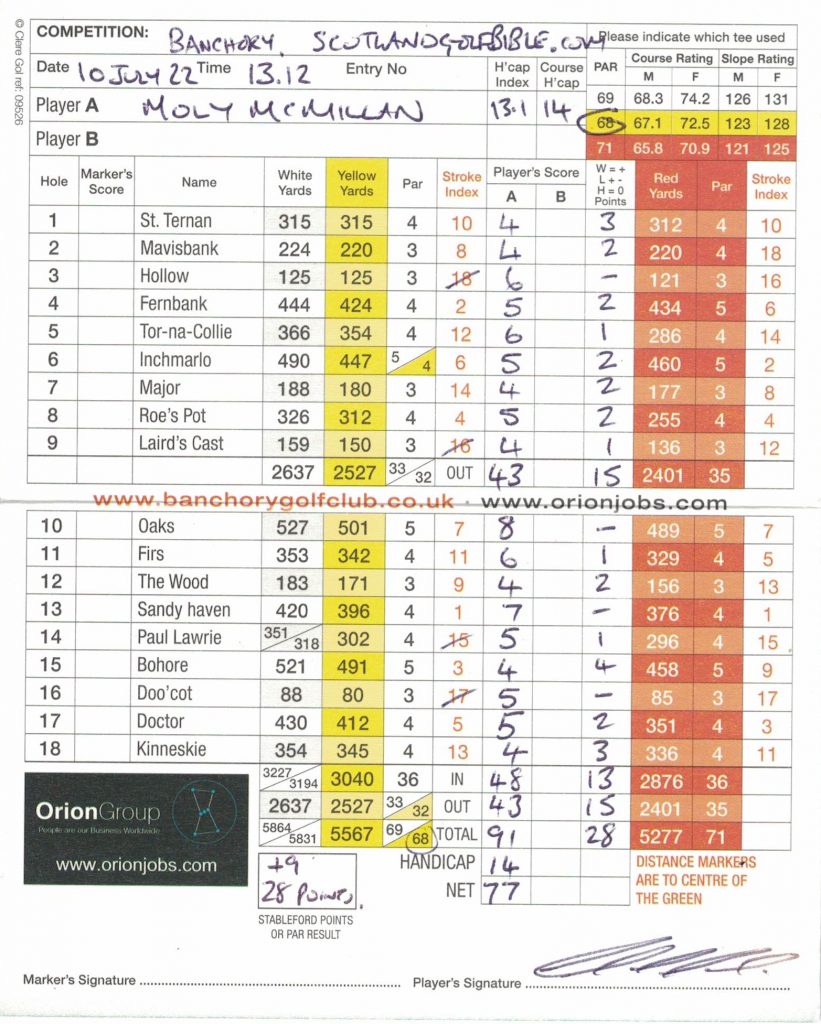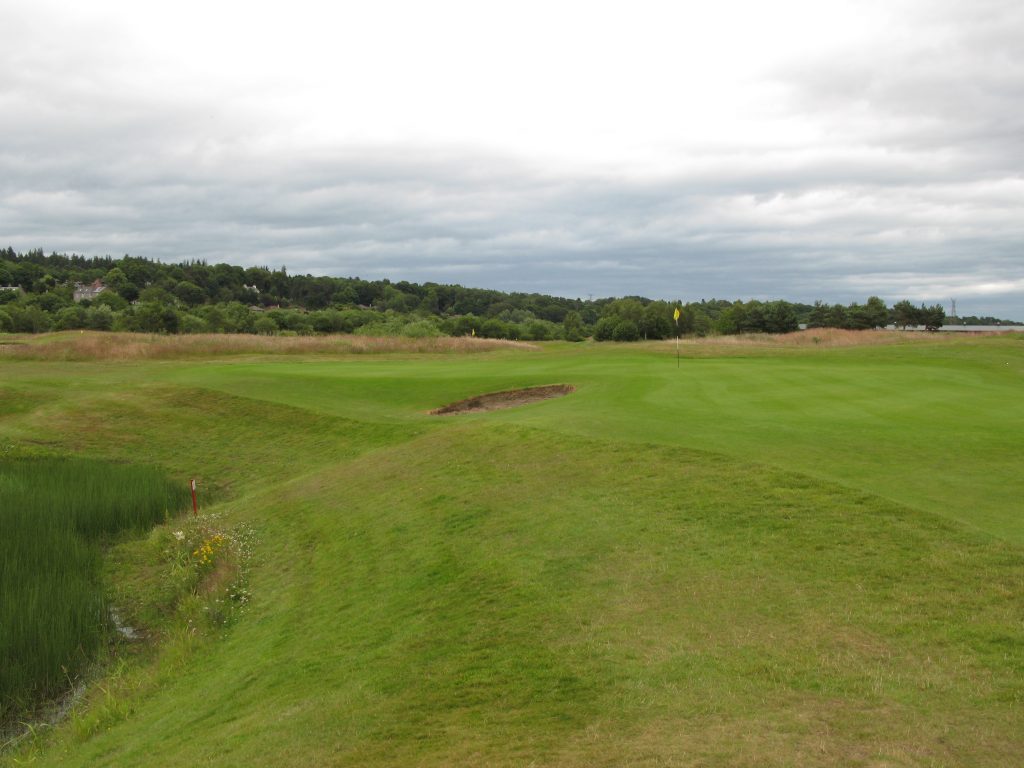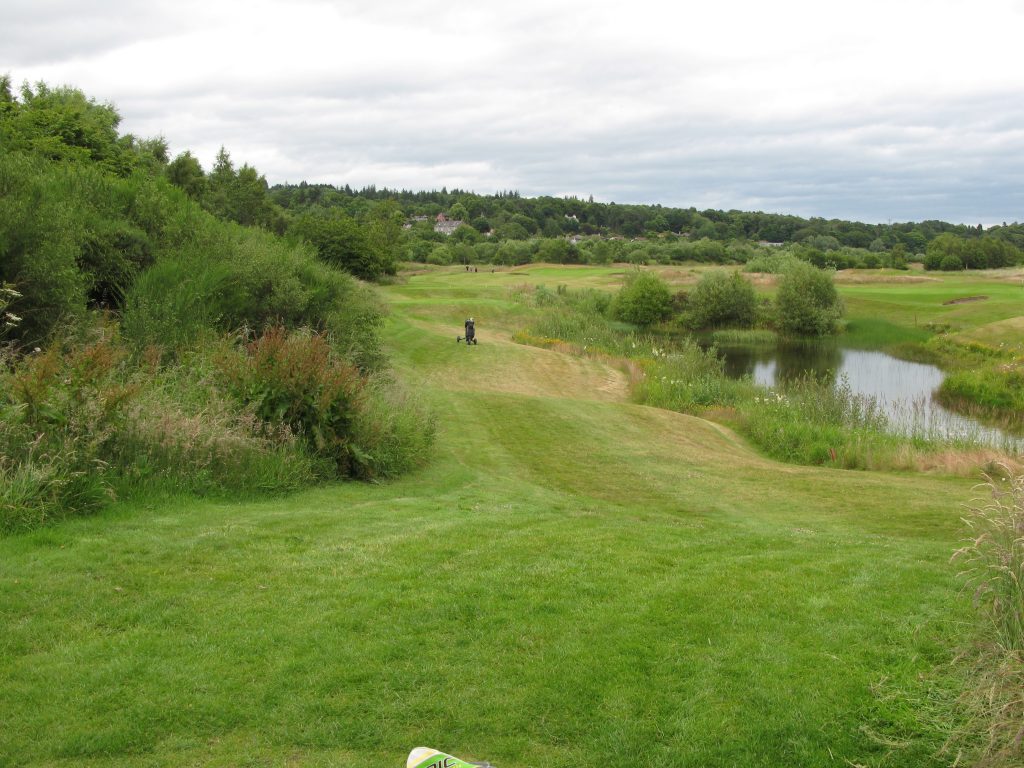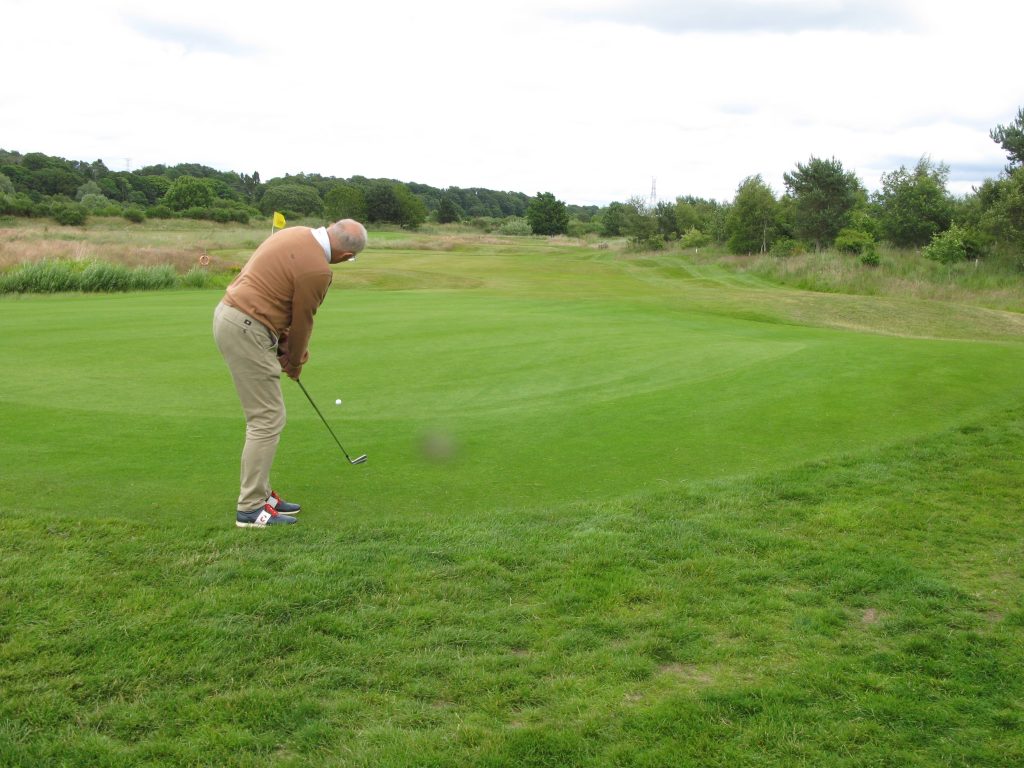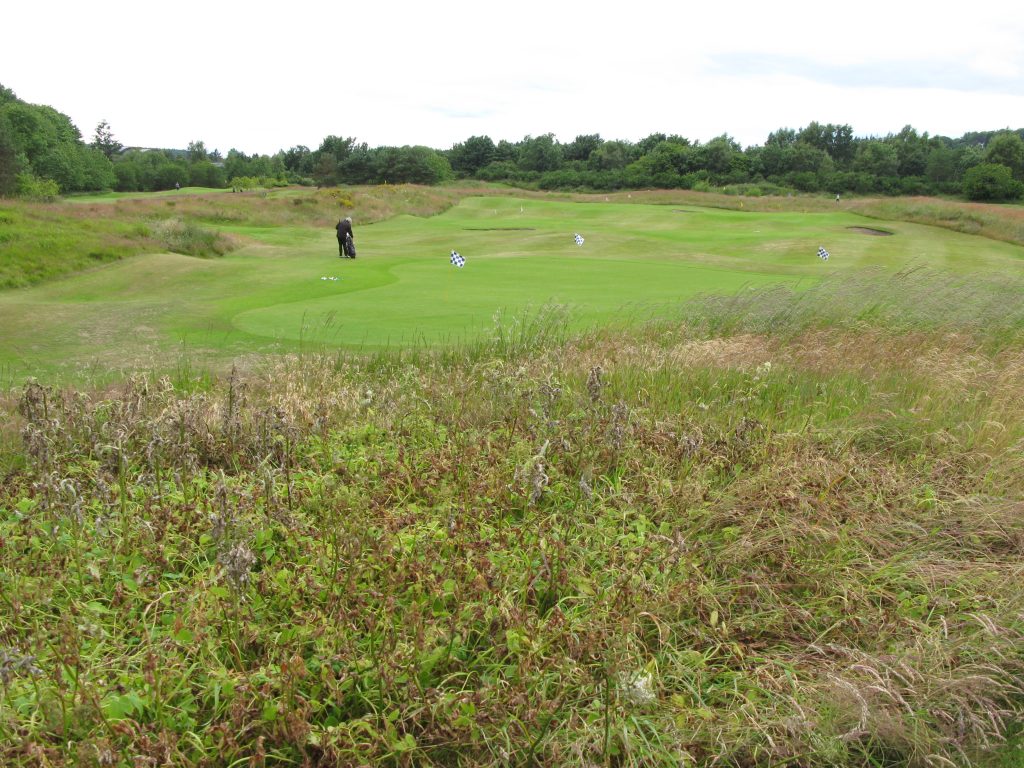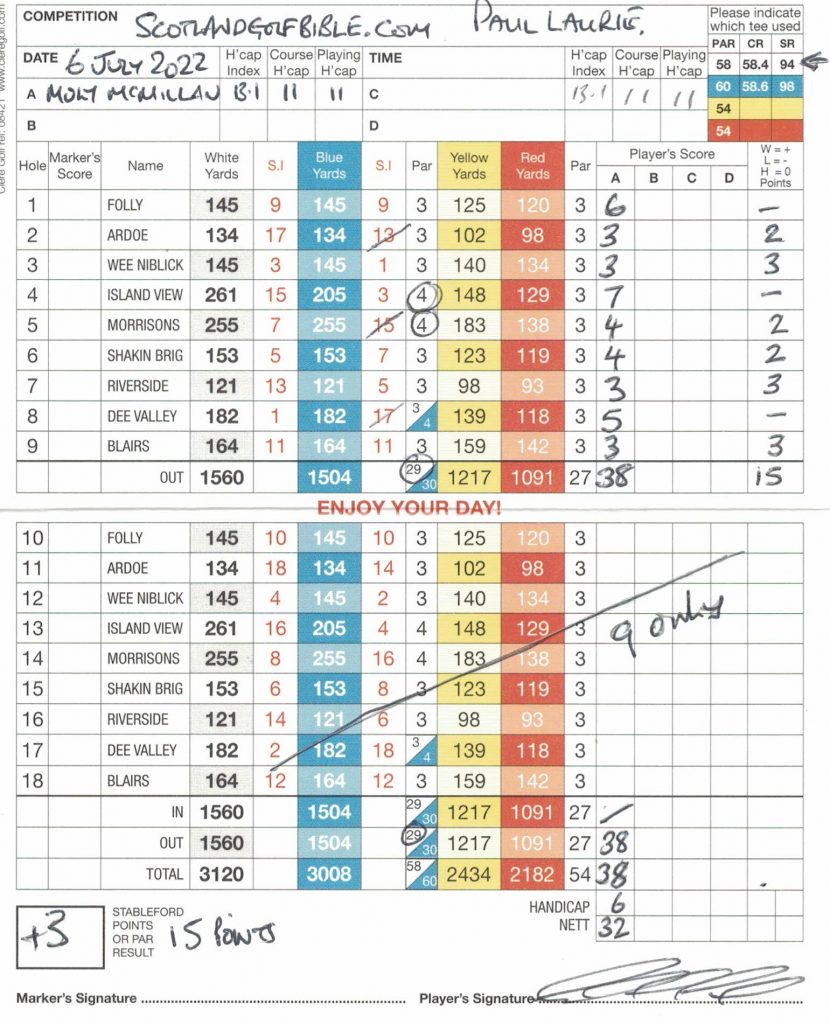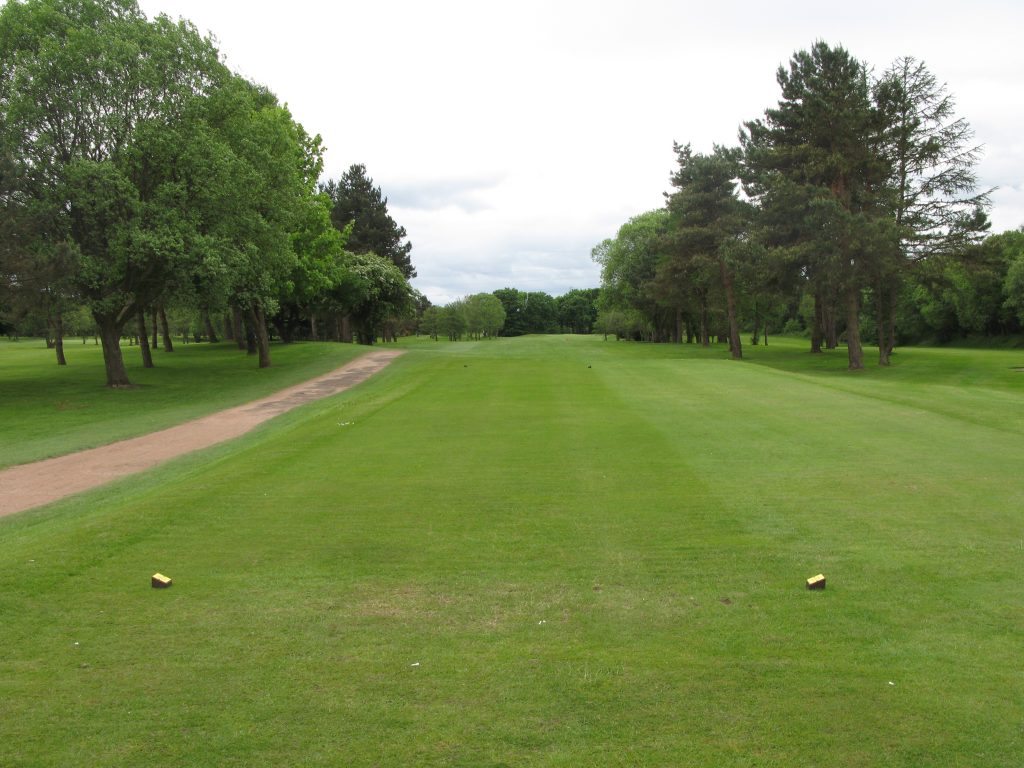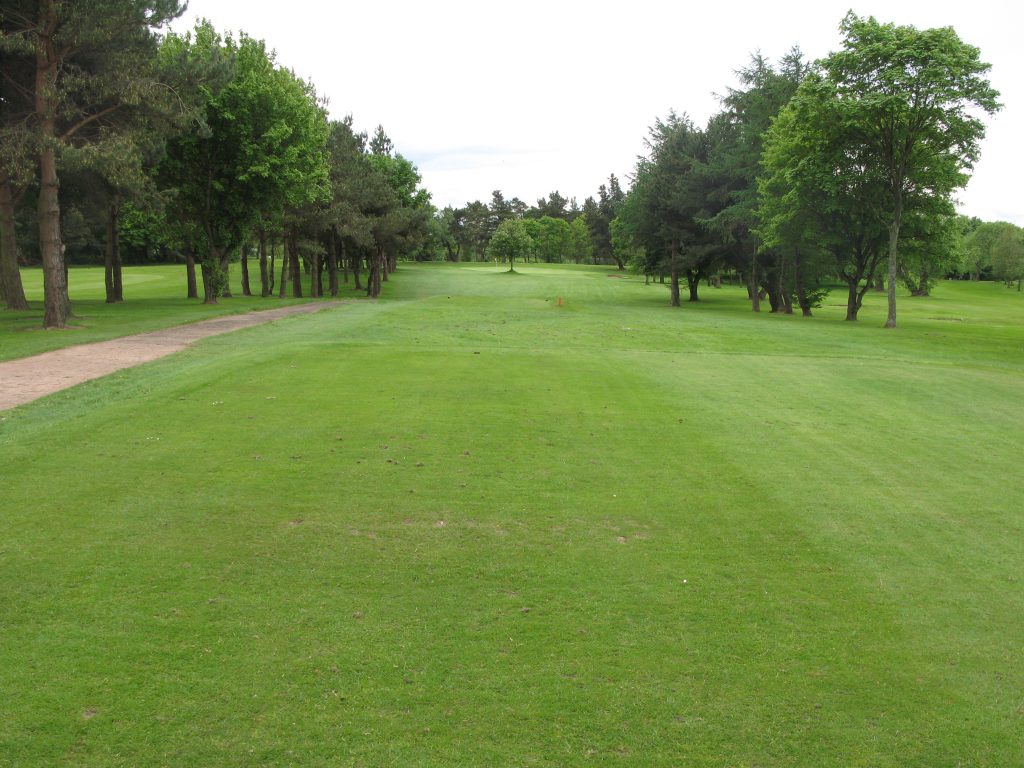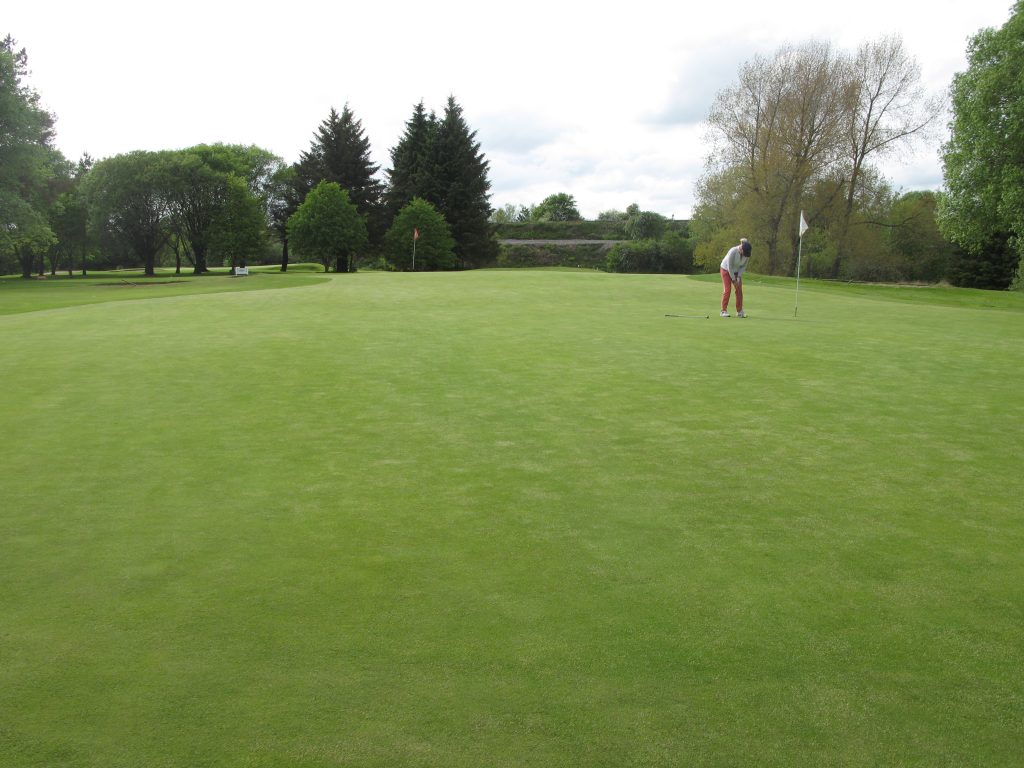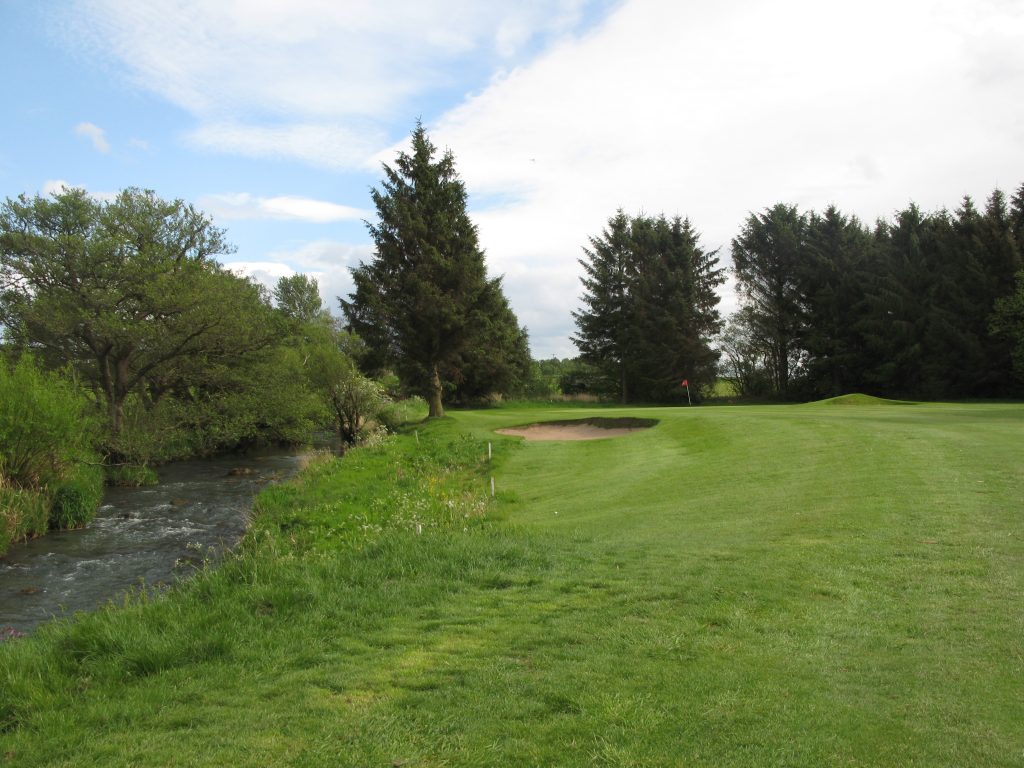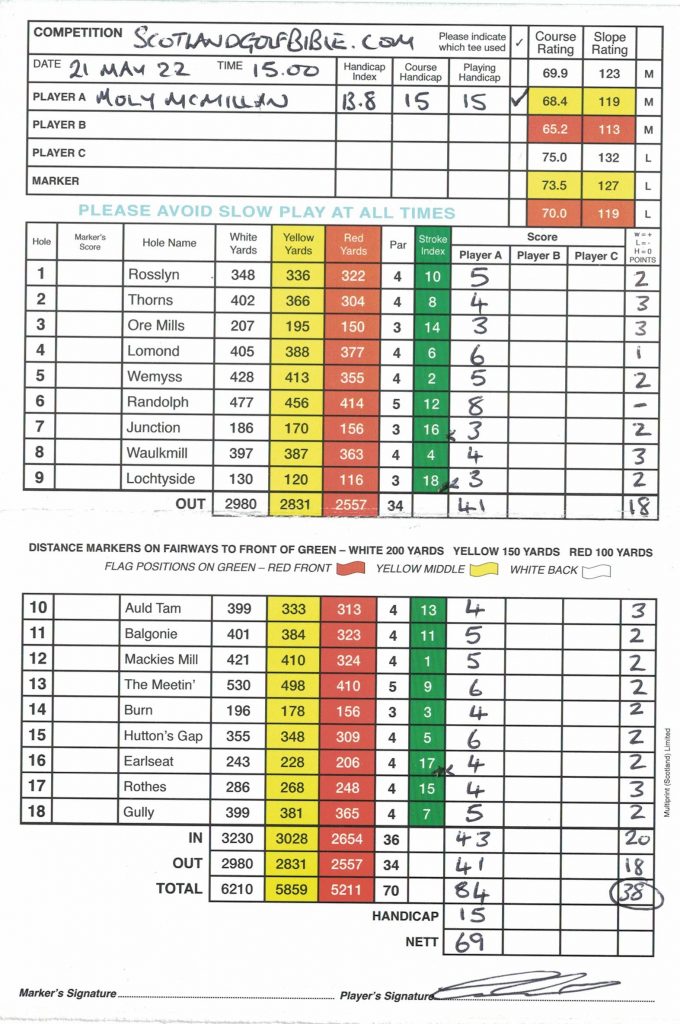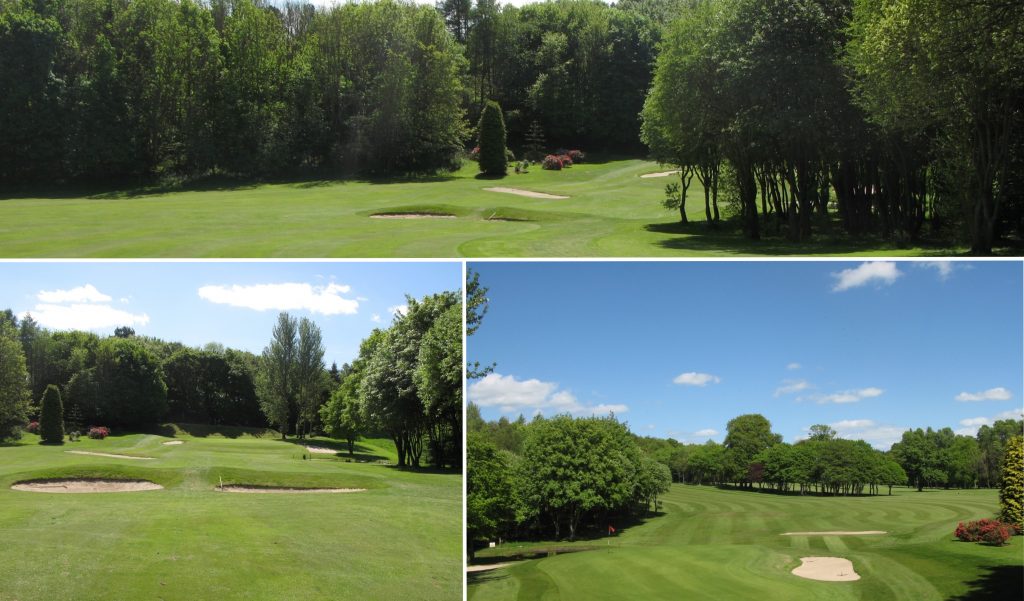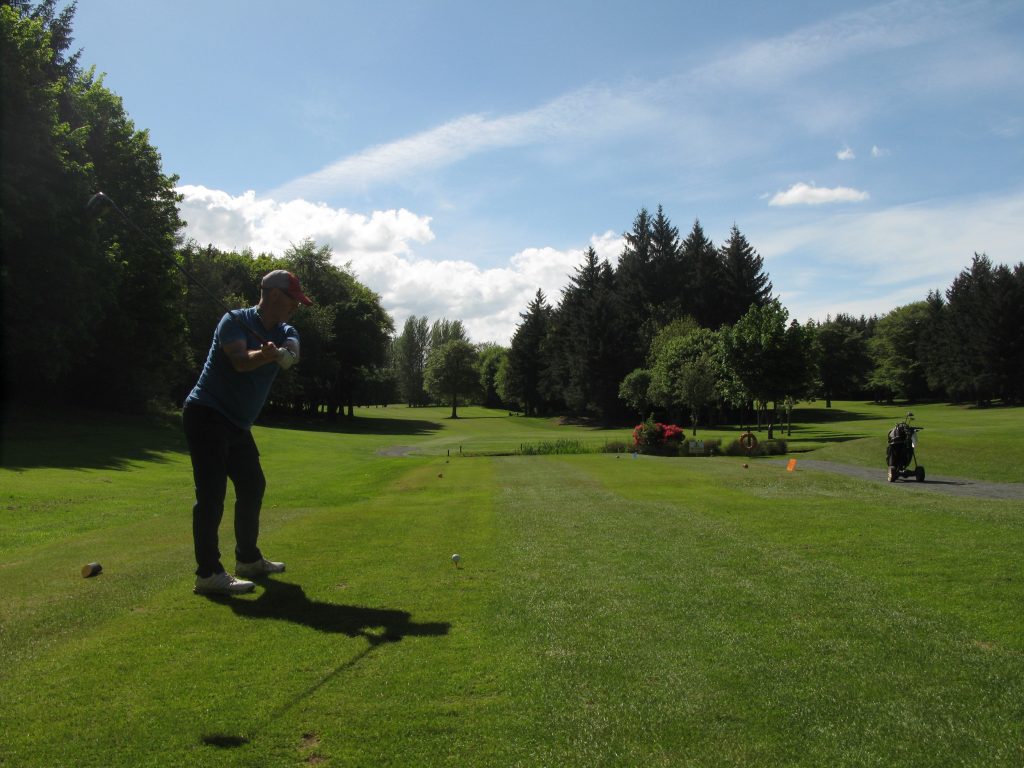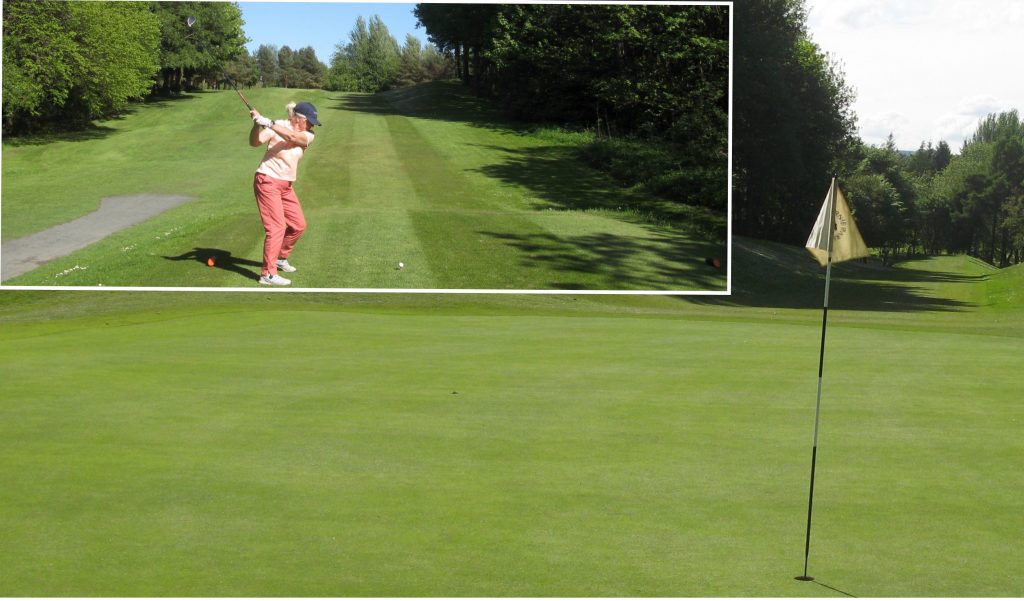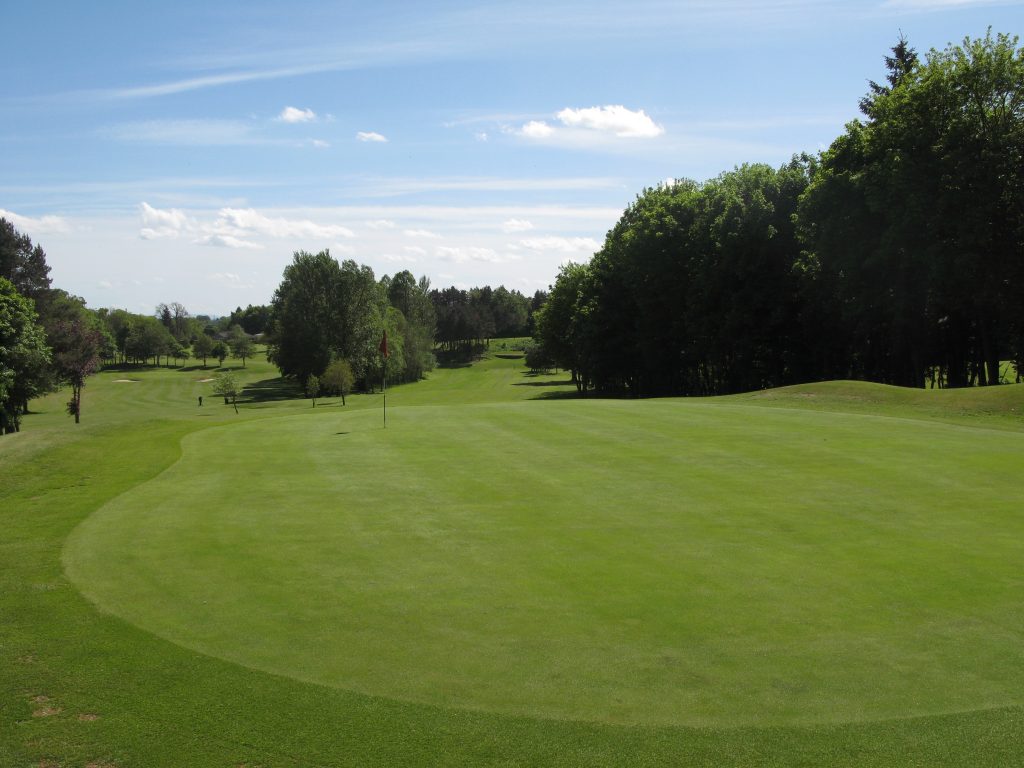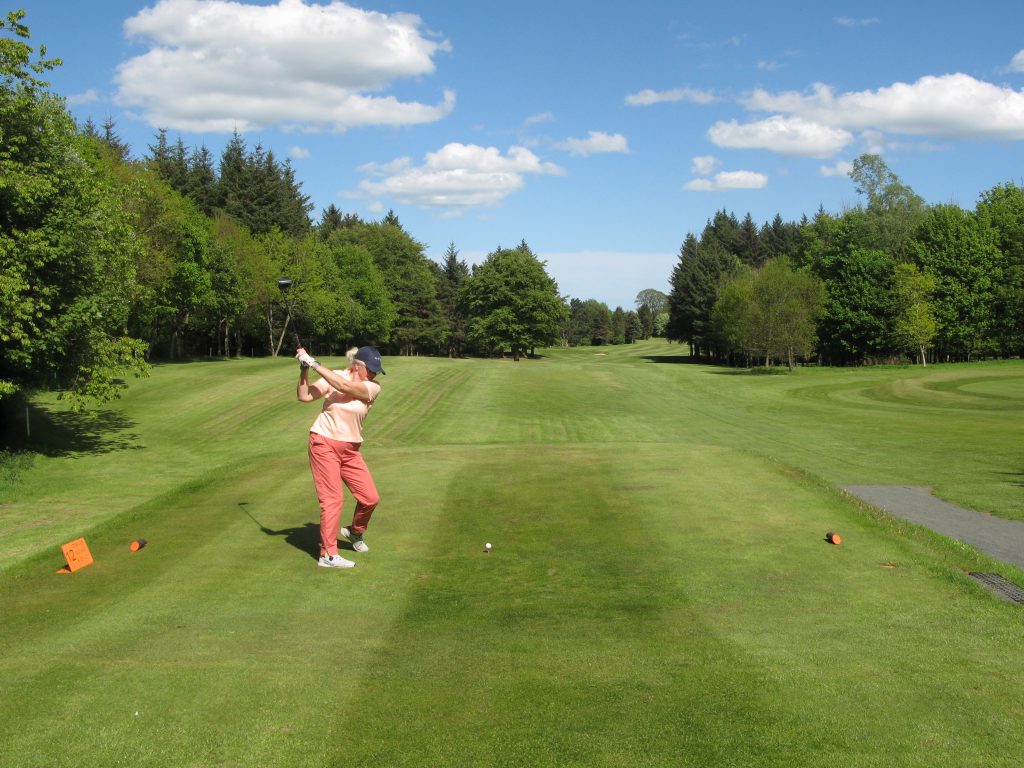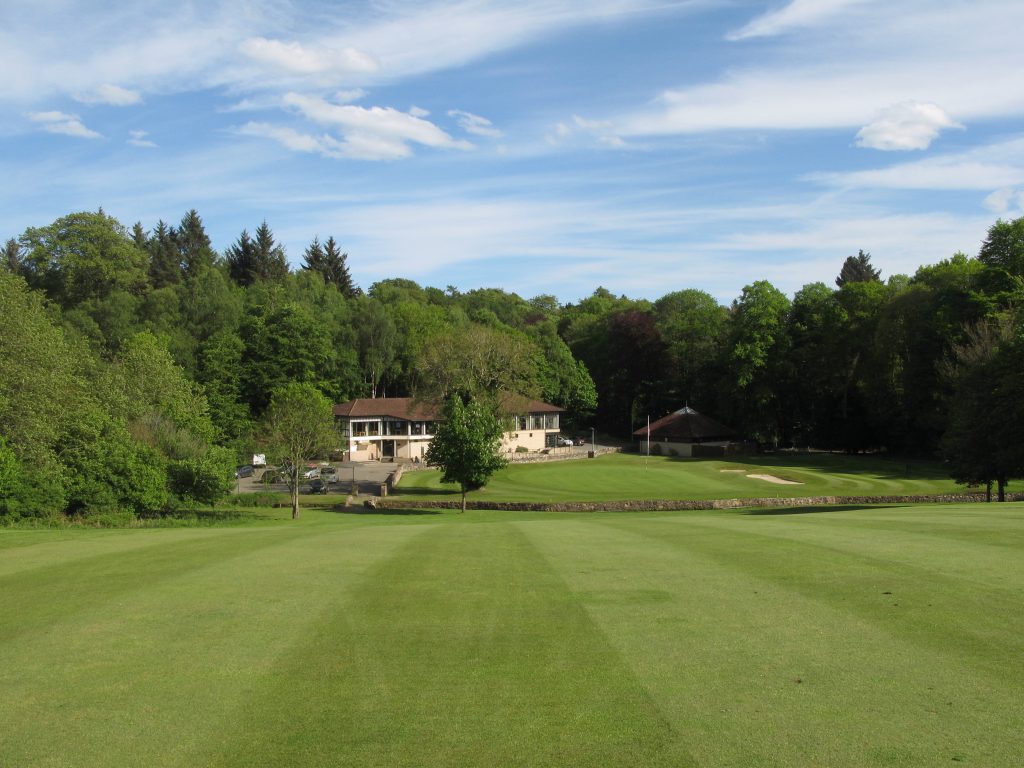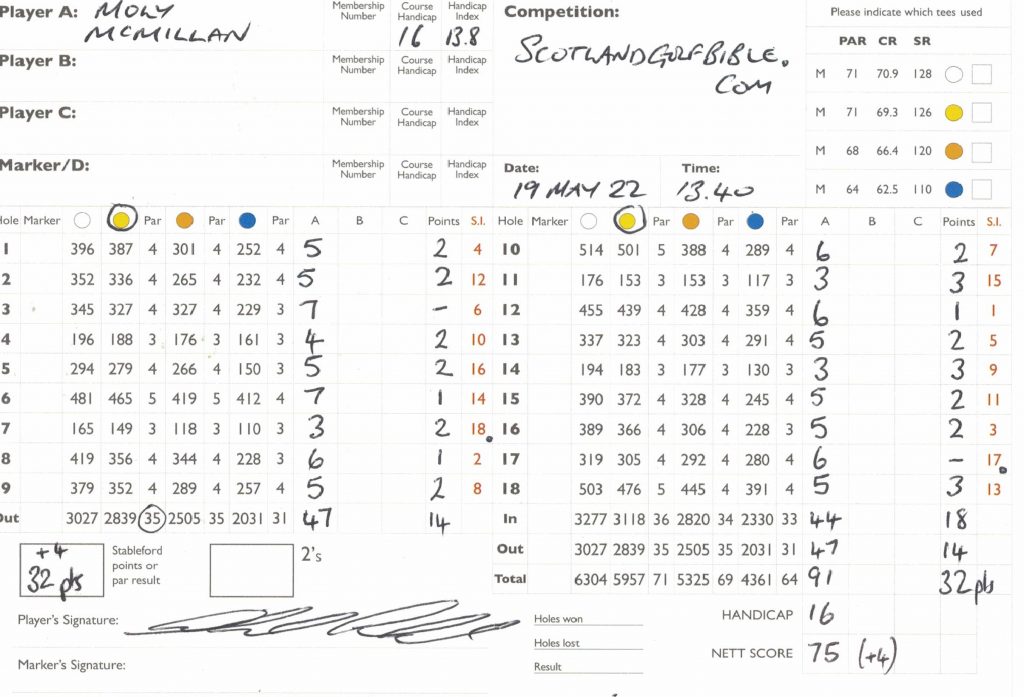Dream society venue in this delightful Deeside setting.
Round £50. Par 69. Course Rating / Slope Rating (yellow) 67.1/123. Value (out of 5) – 4
Moly’s score – 91
Banchory golf course got me thinking about what makes for an ideal society venue. A course in great condition, with greens probably better than your home course. A beautiful and scenic surround. A challenge, but not one that will cost you half a dozen balls. A course that gives all handicaps a chance. Some short par 3s, to give a fun ‘nearest the pin’. Plus, a great clubhouse with good catering of course.
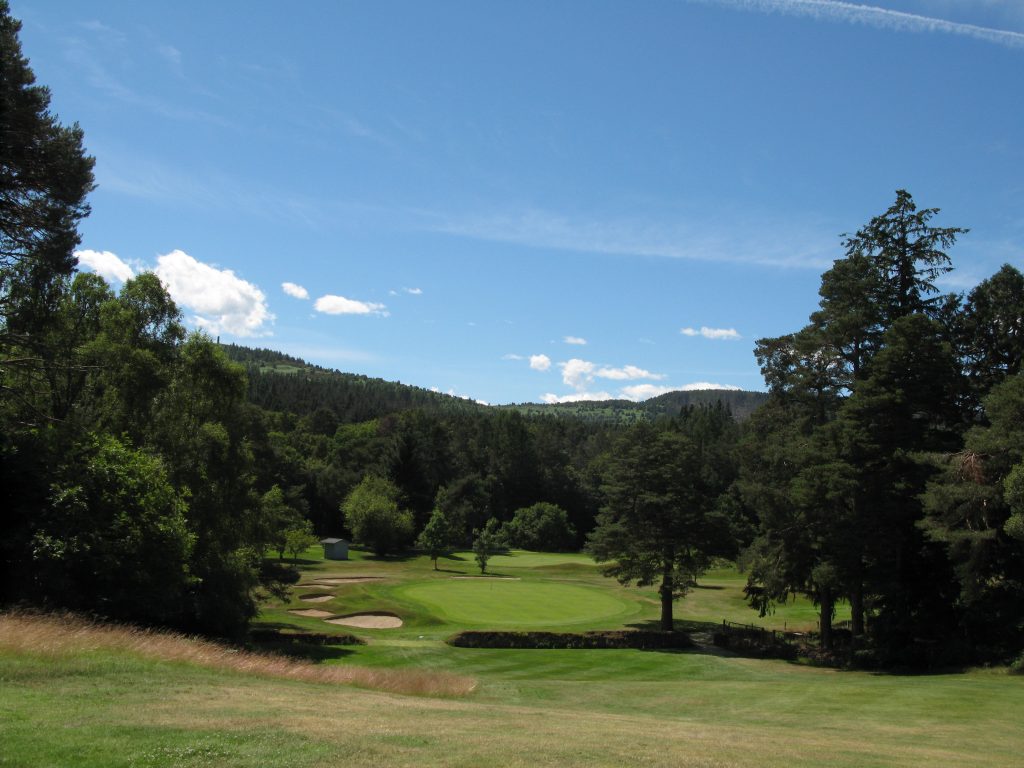
I don’t think I’ve played a course that has greater society day credentials than Banchory; set in Royal Deeside in Aberdeenshire, the course is just over 5500 yards from the yellow tees. Set alongside the river Dee, the water only comes into play once, for any approach shot sliced into the par four 11th green. The course favours a drawer of the ball, with several OOB being to the right of the largely anti-clockwise routed layout. That was not always the case however – more of later.
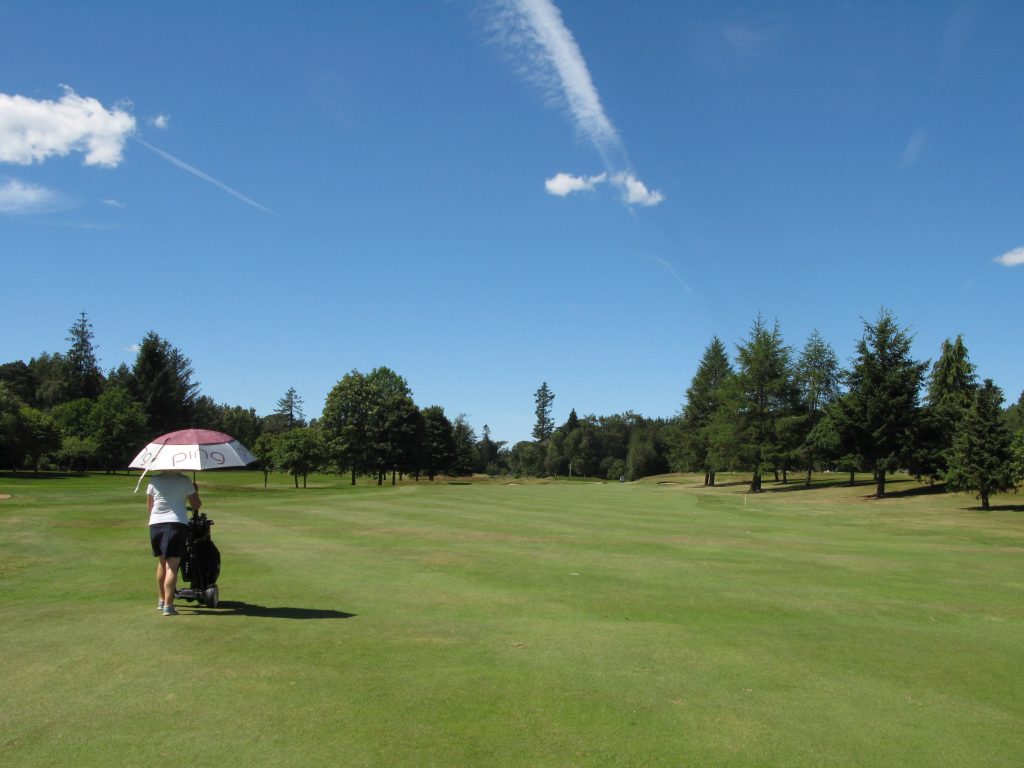
The course has six par threes and two par fives; it is rather imbalanced with a par of 32 for the front nine and 36 on the back. The par threes are the star here, with four of them (3rd, 9th, 12th and the 80 yard 16th) being both collectively varied and memorable.
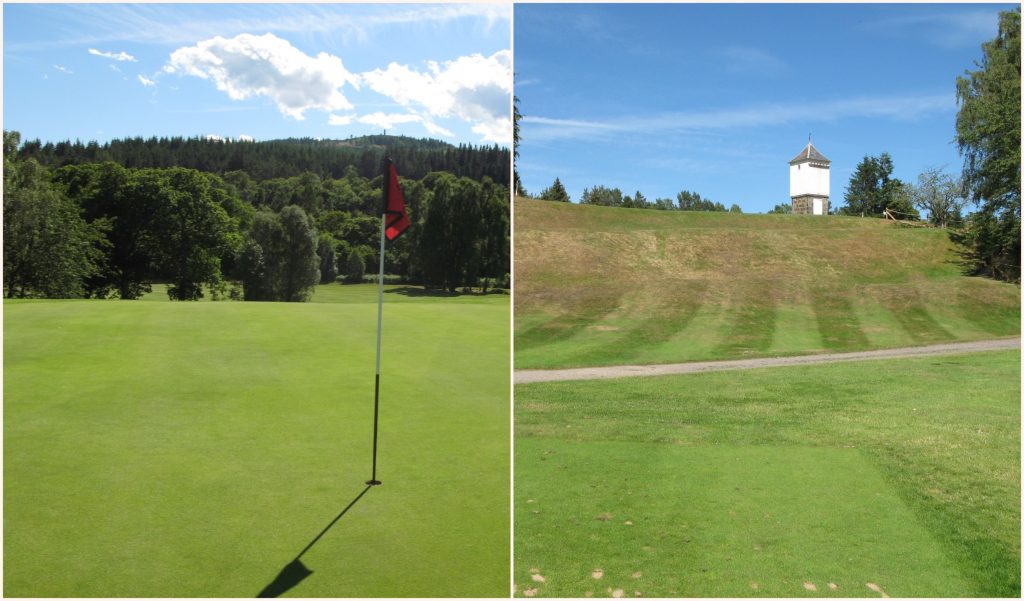
The start of the course is marked by a nice memorial for Open Champion Paul Lawrie, who started his formative professional career here. Fittingly, ‘Chippy’s’ monument is made of granite.
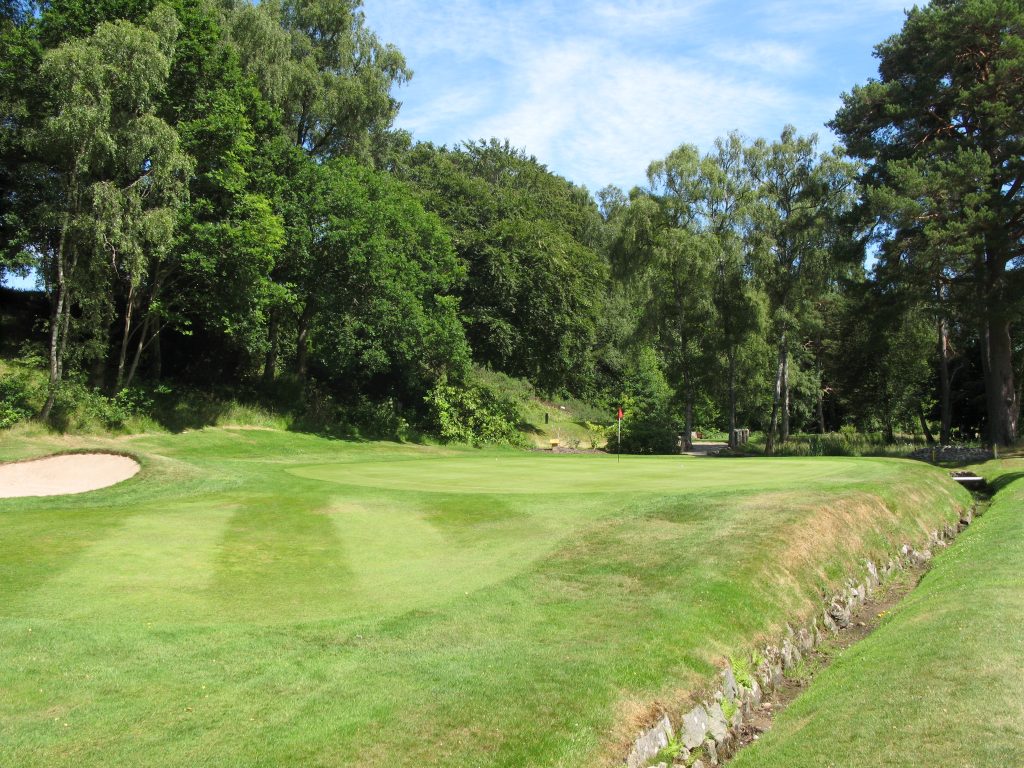
Opened in 1905, the original architect is not recorded anywhere I could find, but it is noted on several websites that the course was revamped in the 1990s, by architect John Souter. Speaking to a couple of local members about some unusually sited greenside bunkers, I was told that this was a result of the revamp which changed course routing, but didn’t redesign all the greenside bunkers.
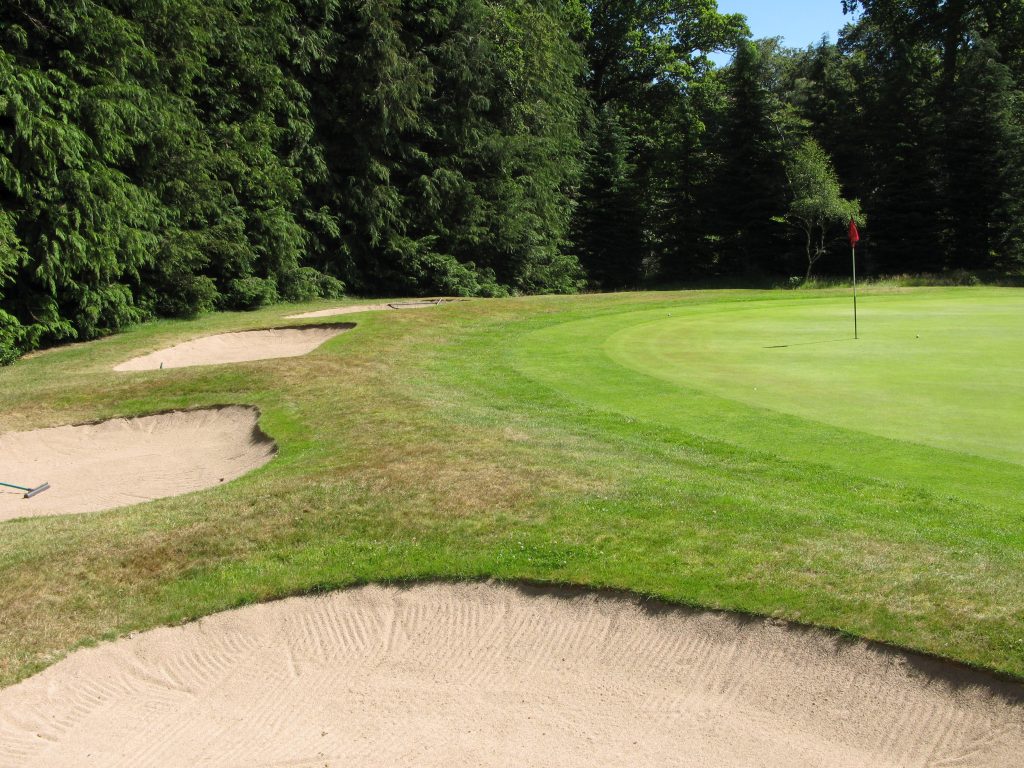
We played on a spectacularly warm day, with the course in great condition. Fast running fairways actually caused some long drives to find bunkers I would never normally reach, but I was compensated by being able to reach the par five 15th, at 490 yards, in two, resulting in a 2 putt birdie, a rare event in my golfing life.
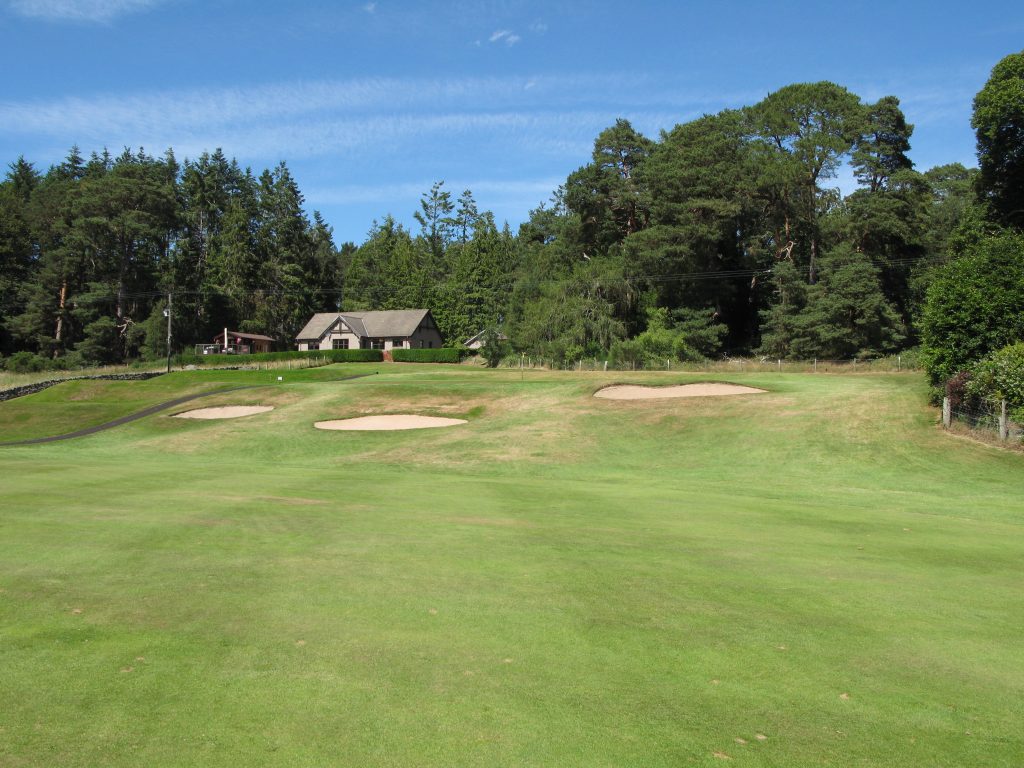
Although fairly open parkland, the trees are widely dispersed and come into play a lot. You’re always likely to find a stray shot, but you’ll probably be penalised. Additionally, most of the bunkers are fairly deep, meaning they are a proper hazard, thankfully the sand is very good. The greens were true, but slower than anticipated. I felt I played generally well, but still racked up 91, 9 over my net handicap.
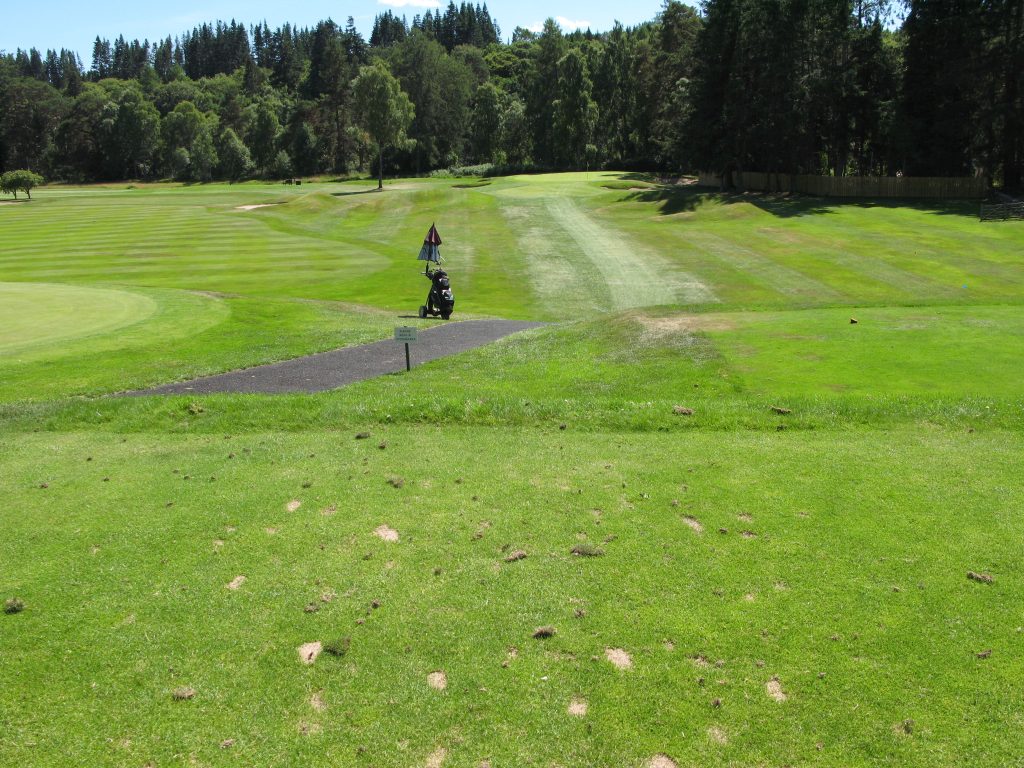
Banchory is good value golf, especially when using a Golfnow discount – we paid only £23. I can understand why it is such a desirable and popular visitors course.

Facts:
Course Type: Parkland
Par 67 (1 par 5s, 13 par 4s, 4 par 3s)
Distance (yellow): 5567 yards
Moly’s Gross score: 91
